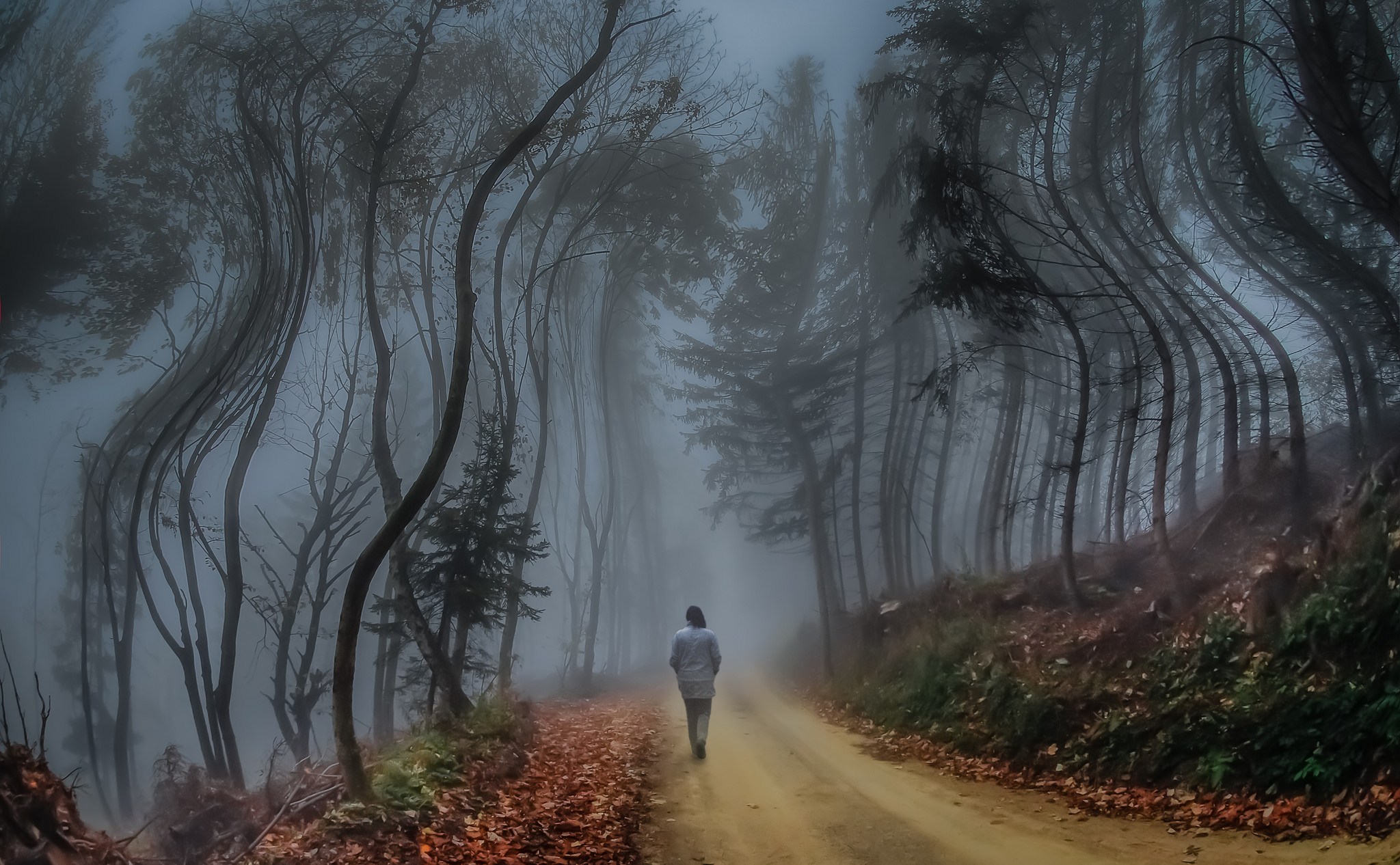Medicine is full of uncertainties. The medical decision-making process may often figuratively resemble a tree with branches that all lead to different outcomes for a patient. But can physicians afford to look and consider the whole tree before making their decisions? Or do they often opt for a much closer look in lieu of confidence?
The latter scenario, with physicians relying on close looks to reach important medical decisions, is exactly what Katie Taylor, at the time a medical student at the Icahn School of Medicine at Mount Sinai, had seen happening during her surgical rotation. It is often said that surgeons are never in doubt, and for Katie, a budding physician, this meant learning to make decisions while being fully aware of the uncertainties. In her article Unlearning the Lessons of Surgery, Katie notes how her fellow surgeons often “glossed over” the existence of these other “branches of the tree,” or their uncertainty, in order to focus on that “one branch,” a practice that would often make the decision-making process much easier and faster for them. Clearly, they were favoring confidence over doubt. As a med student, Katie came to understand that it could be, indeed, very hard to constantly live in a world of doubts, but she believed that within this place of uncertainty lay the opportunity for medical professionals to uncover creative medical solutions to their dilemmas.
Image Source: Lisa Lake
Atul Gawande, in his famous book Complications, also presented the readers with a similar assertion in favor of these doubts and uncertainties. In his book, he explored how he, as a surgeon, is able to make life-and-death decisions while being fully aware of the uncertainties that exist around him. An underlying theme of his book is his analysis of his medical decisions and medical errors. When faced with a complex situation that involves a fair bit of confidence in face of uncertainty, instead of falling victim to “paralyzing anxiety,” Gawande likes to call upon his previous experiences. He uses the knowledge he gained through the careful analysis of those experiences to help pick out the best course of action.
Although circumstances don’t always allow surgeons and other medical professionals in the spur of the moment to dwell too long on their options, having doubts or seeing the entire tree as Atul Gawande and Katie came to see, is not entirely bad. In fact, as Dr. Sherwin Nuland, the author of How We Die, puts it, medicine is an “uncertain art,” and the most honest approach would be for medical professionals to learn to appreciate it as so.
Feature Image Source: Bernd Thaller










